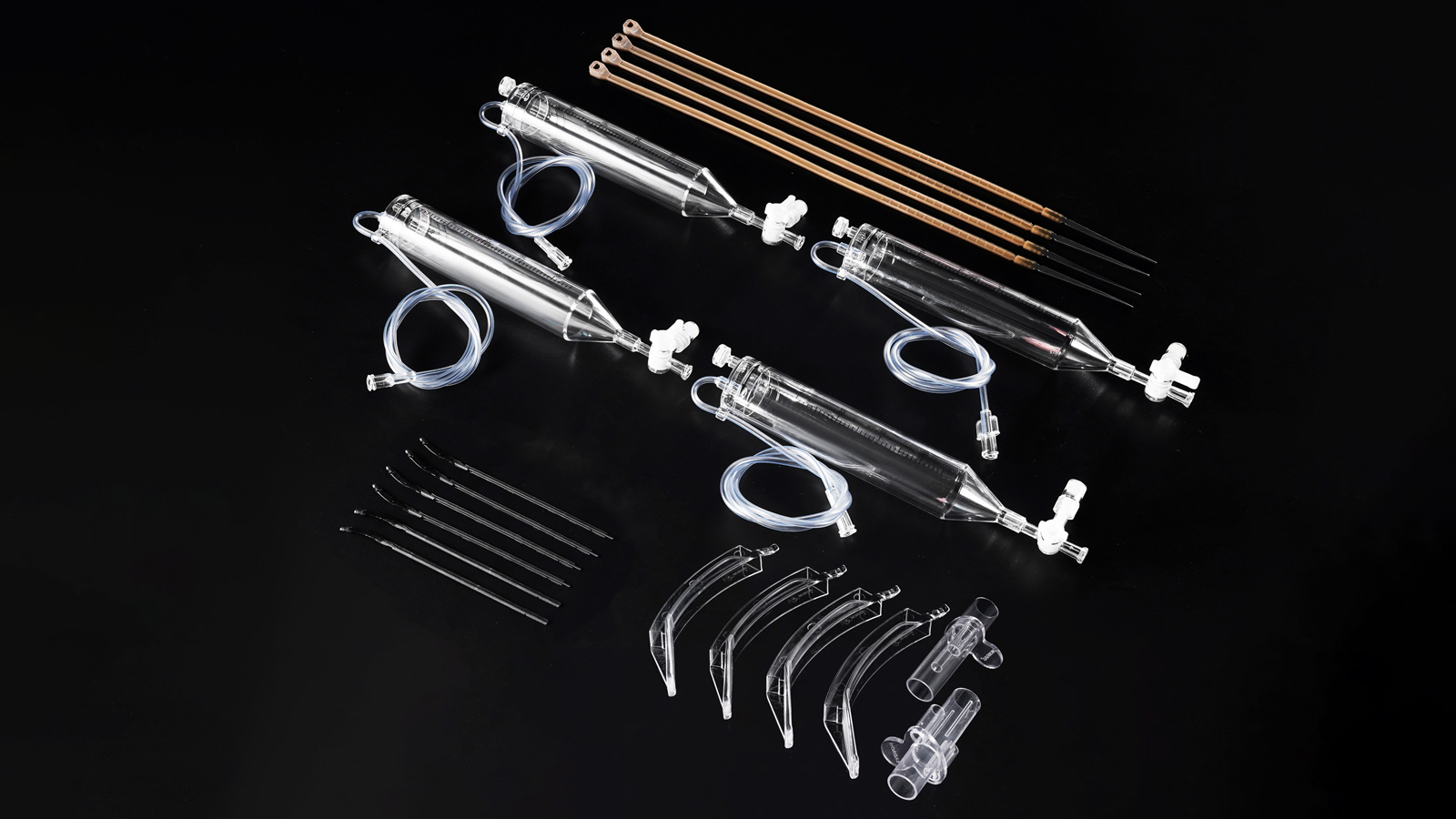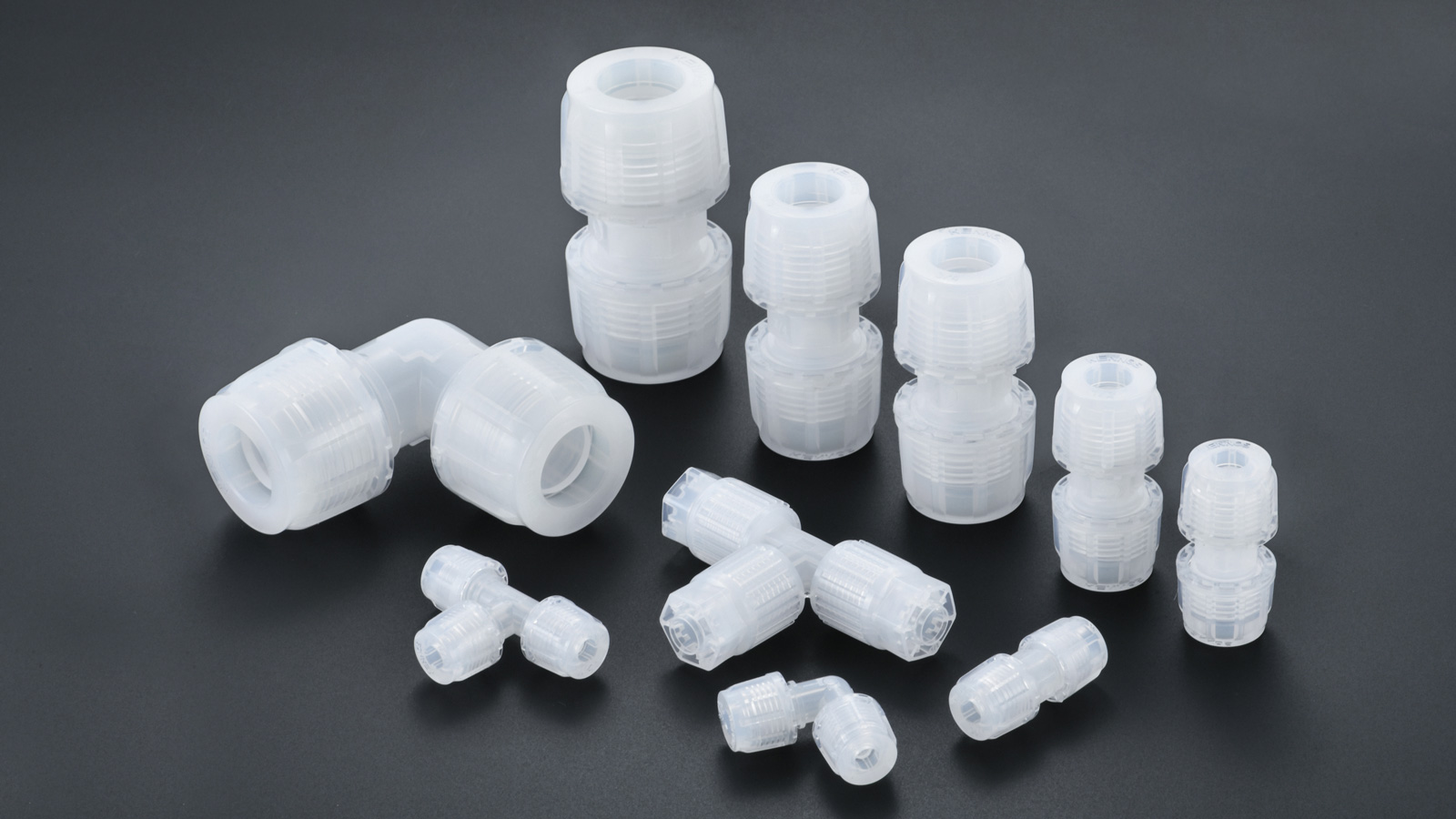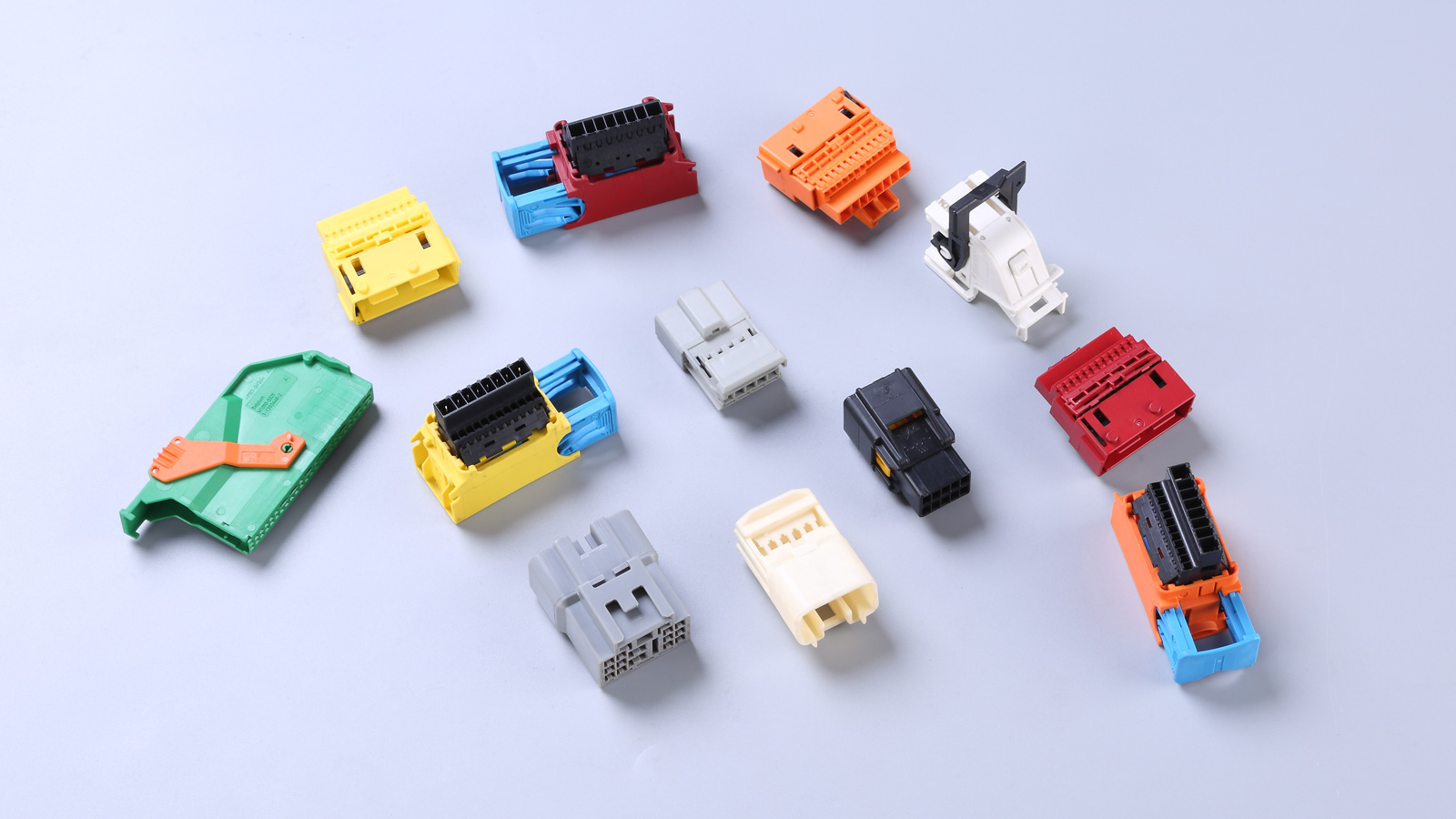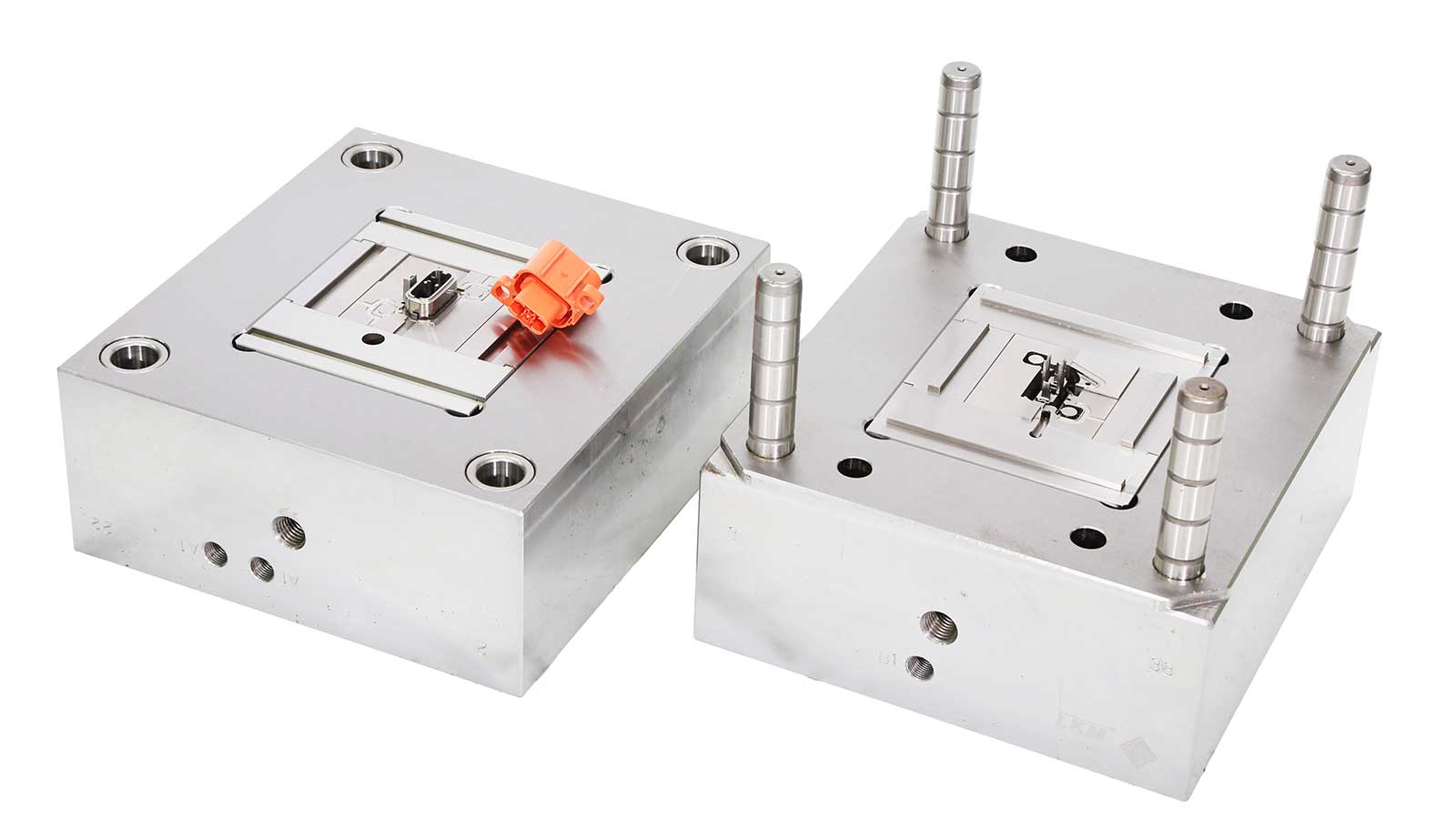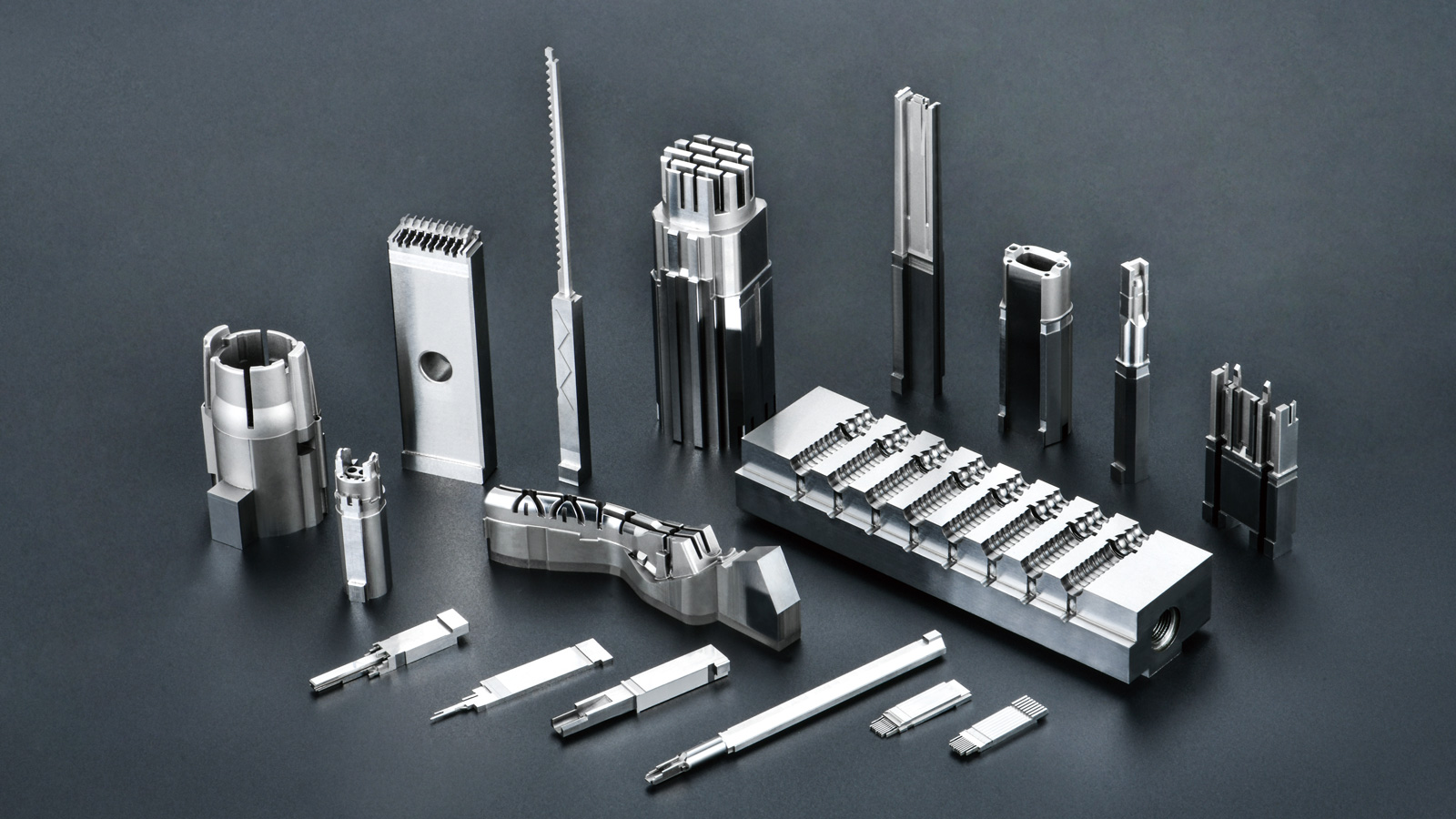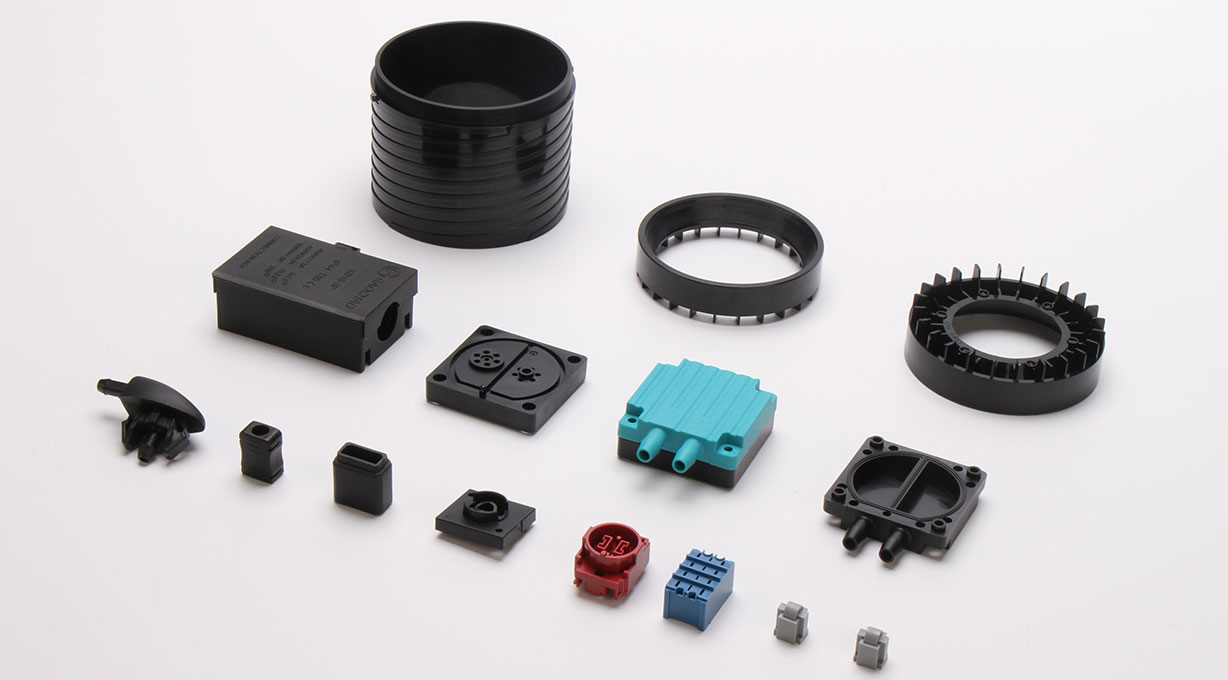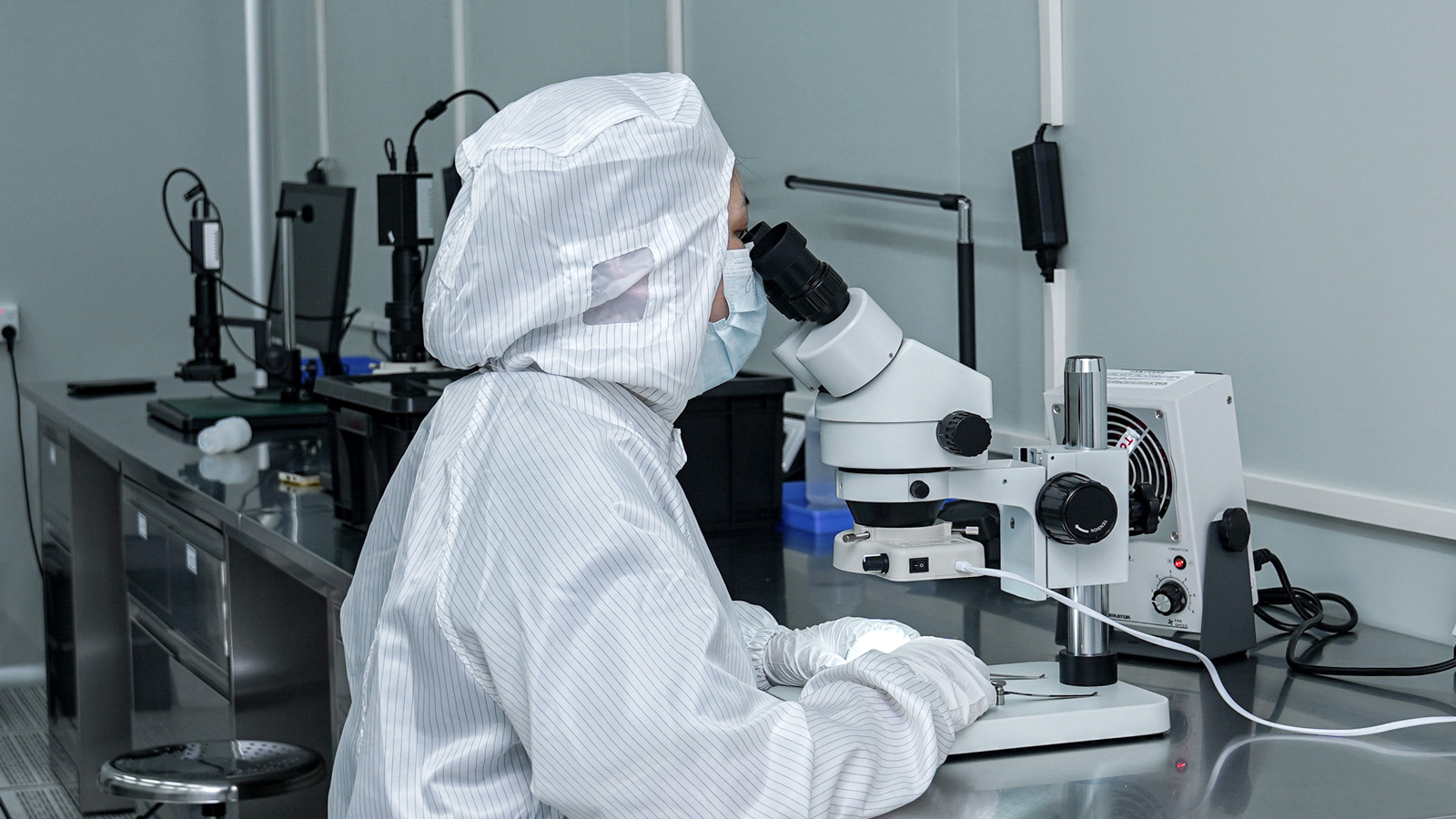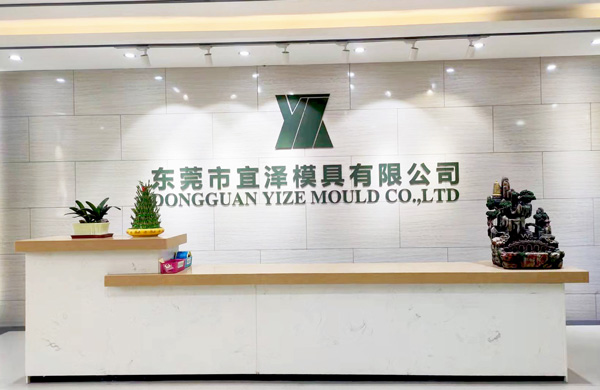In the field of medical injection molding, material selection is as crucial as the foundation of a building. Although the requirements for medical-grade materials narrow down the overall selection range, there are still a large number of materials that meet the key specifications. What types of materials can be considered medical-grade, thereby safeguarding the safety and performance of medical products? Let’s delve into it together.
Stringent Standards: Essential Qualities of Medical Materials
Durability: The Unyielding Guardian
Many plastics used in injection molding stand out with their excellent strength and durability. They are like armored warriors, capable of withstanding the challenges of harsh environments, frequent vibrations, and blunt force impacts without breaking easily. This tenacious characteristic provides a solid guarantee for the stable operation of medical equipment in complex and ever-changing clinical settings.
Heat Resistance: The Stable Performer under High-Temperature Tests
Numerous injection-molded plastics possess outstanding heat resistance, similar to steel that has been tempered in a blazing fire. They can endure repeated sterilization methods such as autoclaving, maintaining stable performance and structure under high temperatures. This feature makes these materials an ideal choice for medical components that require strict sterilization, effectively avoiding safety hazards caused by material deformation or performance degradation.
Contamination Resistance: The Vigilant Defender of Cleanliness and Sterility
The injection molding of medical devices places extremely high demands on the contamination resistance of materials. Specially designed plastic materials act as loyal guards, resisting the invasion of various contaminants and being easy to sterilize thoroughly. They can effectively prevent the growth and spread of bacteria, viruses, and other pathogens, building a solid line of defense for patients’ health.

Material Selection: How to Meet Specific Needs
Silicone: The King in the Flexible Realm
When flexibility is a key requirement for components, silicone often becomes the first choice. It is like a flexible dancer, not only exhibiting extremely excellent durability to maintain good performance during long-term use but also possessing outstanding biocompatibility to coexist harmoniously with human tissues without causing allergic reactions. In large-scale production, silicone also demonstrates high cost-effectiveness, providing strong support for the mass production of medical products. For example, in the manufacturing of some flexible medical devices, silicone has become an indispensable key material due to its unique performance advantages.
Polycarbonate: The All-Rounder with Strength and Transparency
Polycarbonate is considered one of the most robust materials currently available, akin to a heavily armored warrior with high impact and vibration resistance. Whether facing accidental collisions or intense vibrations, it remains unfazed, ensuring the normal operation of medical equipment. What’s more, polycarbonate can be used to manufacture almost completely transparent plastic parts, providing a clear and unobstructed view for medical observations. At the same time, it has excellent heat resistance and UV resistance, maintaining stable performance in various harsh environments. Therefore, polycarbonate has become an ideal choice for many important medical components and is widely used in fields such as ophthalmology and surgery.
Polyethylene: The Considerate Partner for Prosthetic and Wearable Devices
Polyethylene shines in the field of prosthetic and wearable devices with its excellent durability and relatively smooth surface. It is like a considerate partner, providing patients with a comfortable user experience. Polyethylene has high strength, capable of withstanding the pressure and wear of daily use, while also offering significant cost-effectiveness, reducing the economic burden on patients. However, it has a drawback in that it cannot be sterilized by autoclaving, which to some extent limits its application in certain specific medical scenarios.
Polypropylene: The Reliable Choice for Heat-Resistant Sterilization
Polypropylene stands out among medical materials with its extremely high heat resistance. For components that must undergo repeated sterilization by autoclaving, polypropylene is undoubtedly an ideal choice. It is like a warrior that can withstand high-temperature tests, maintaining stable performance during repeated sterilization processes. In addition, polypropylene has excellent radiation resistance, able to maintain good structural integrity in radiation environments, providing reliable protection for the normal operation of medical equipment.
In the journey of medical injection molding, material selection is a profound and complex science. Only by having an in-depth understanding of the characteristics of various materials and selecting materials precisely according to the specific requirements of medical components and devices can we create safe, reliable, and high-performance medical products and contribute to the cause of human health.
